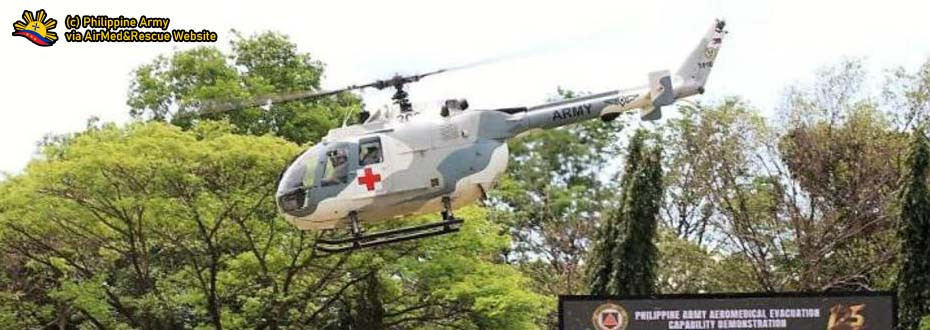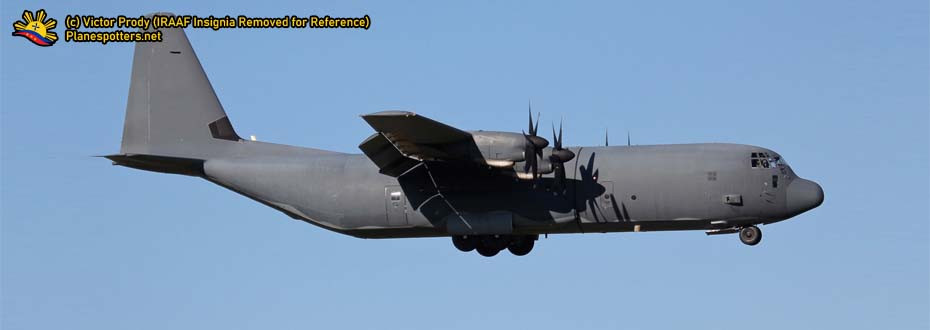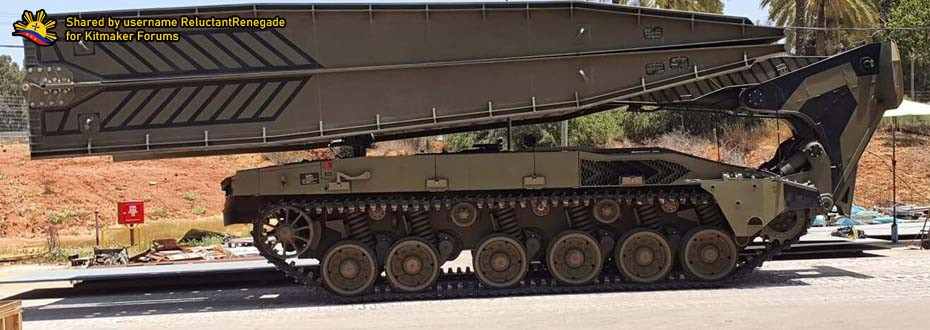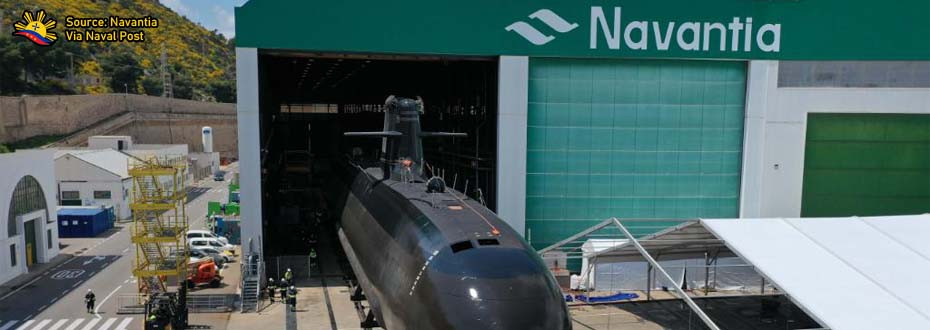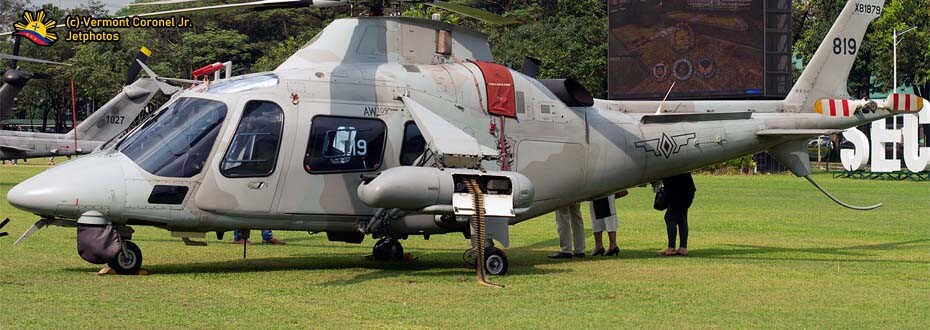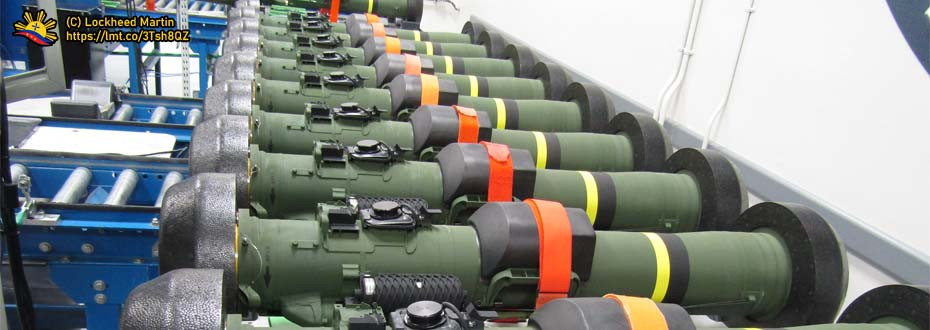IN THE HEADLINES
 |
| Defense Ministers of three countries shake hands as the operation starts. Source |
The Sulu Sea is notorious for piracy as well as the known transit of terrorists and smuggled goods which these things are a primary cause of concern as it affects trade and security in the area.
With the lacking of specialized aircraft it needs to carry out for maritime patrol, the Philippine Air Force is opted to use other aircraft especially from the ones intended for transport (see PAF C-130 plane on the first photo) to conduct this operation away from its very purpose. And this goes with the necessity that the slow-moving project shall make up its pace a bit further.
REGIONAL AIR FORCE'S PATROL CAPABILITIES
 |
| Tentara Nasional Indonesia - Angkatan Udara (TNI-AU) CN-235 Maritime Patrol Aircraft. Source: Jet Thrust Images. |
The Indonesians through their air force the Tentara Nasional Indonesia - Angkatan Udara (TNI-AU) obtains the CN-235 Maritime Patrol Aircraft which are considered as cousins of the Philippine Air Force C-295 Medium Lift Aircraft where this was produced under the partnership of Airbus Military and PT Digantara Indonesia.
The Indonesian patrol aircraft contains most of its sensors coming from Thales Airborne Systems especially the airborne maritime situation control system or AMASCOS which it includes the Ocean Master search radar produced by Thales and EADS Deutschland, the Elettronica ALR 733 radar warning receiver, the Chlio thermal imager developed by Thales Optronique, the Gemini navigation computer from Thales (formerly Sextant) Avionics and the AN/ASQ-508 magnetic anomaly detection (MAD) system from CAE.
Malaysia meanwhile like Indonesia also has aircraft specified for maritime operations. Add to that the programs to upgrade such capability that the Royal Malaysian Air Force, also known locally as Tentera Udara Diraja Malaysia (TUDM) presently obtains that are also opted for maritime patrol purposes.
This may be shown as an indirect challenge for the Philippines to improve its own capabilities wherein having one effective platform to conduct maritime patrol operations is ideal for the country to have where interoperability wise, nations effectively doing their part exchanging information and knowledge that will make this deal an ideal one. Add to that, all nations involved do seem to need C-130 planes just to cover up more areas of the sea than the aircraft being intended.
LRPA STATUS
 |
| PC-3 Orions are once considered but were not push through in favor of newer MPAs. Source |
Skipping to the present year, this program is plagued with problems that it made it stall that it affects the timelines that have made it much delayed as it is intended where if it was made on time, it may either be the planes getting delivered on its way or maybe already delivered to be on Trilateral Patrols which it may help PAF improved its capabilities and somehow, getting at par to its neighbors by having its own dedicated Maritime Patrol Aircraft.
Just so we know, the latest reports pertain to the bid opening that supposedly opens on September 22, 2017, and there are no updates after that. Apparently, the previous bid before this one was failed due to all suppliers getting disqualified or rather, not getting up to the standards that the bids and awards committee is looking for a Long Range Patrol Aircraft.
With this project and several others getting in limbo, perhaps one may get a nice reflection as to how other countries succeed in their modernization program. In that case, China and its leverage over disputed territories at present do take place all thanks to the legacy of Admiral Wu Shengli that overlooks the growing strength of the People's Liberation Army, Navy, and Air Force.
One may consider the trilateral exercises to be an indirect challenge for the Armed Forces to further improve the capabilities of the beloved organization whose mandate is to defend the nation, its sovereignty, and national interest. And speaking of capabilities, this is some sort of motivation for the project planners to make the procurement successful in due time upon their efforts.
OTHER CAPABILITY ENHANCEMENTS
 |
| An artist rendition of SC-130 Maritime Patrol Aircraft. The Philippines will have Palletized ISR kits for its C-130 planes. Photo Source |
The United States is providing the Philippine Air Force the Maritime Patrol Aircraft (MPA) palletized ISR kit that can be installed on a C-130 which is the mainstay of the air force's transport fleet.
This kits, known in the linked Lockheed Martin Presentation as roll-on roll-off Maritime Aircraft will give the transport-oriented C-130s the sensors or the eyes it needs for such kind of maritime operations. Its capabilities are based on the P-3 investment which is primarily on Anti-surface warfare that primarily focuses on surface assets like terrorist fast-crafts. Meanwhile, Lockheed Martin also has another platform still based on C-130 but with capabilities against submarines.
These things are in the hopes that such capabilities may help the authorities effectively patrol the territorial waters especially the disputed West Philippine Sea and the porous Southern Border so that in an event of an incursion taking place in the area, the planners may have the sufficient intelligence and reaction time to their advantage which that may help them came up in a decision clearly.
Such capabilities may help the Philippines later on to be a more effective trilateral partner than it is at present where interoperability among the nations participating will be more significant where each nation's armed forces effectively share their respective capabilities, information and coordination that, if done together will further attain their primary objective like in this case, patrolling the borders of imminent threats like terrorism.
PROMISING INSIGHTS AND TIDBITS
 |
| A maritime patrol aircraft with more sensors is something The Philippines need by the due time. |
The patrols will help these nations further coordinate as well as to enhance the relations between these nations as these actions coincide better opportunities for business growth, better security and improving trade and exchange of cultures considering that Indonesia, Malaysia, and the Philippines are part of the Association of Southeast Asian Nations or ASEAN.
With this, it goes with the hopes that security in the southern border will be better than ever that threats will be foiled in due time. And with that comes the hopes that the Philippines will have the capabilities it needs for better maritime patrol operations that its southern neighbors have. These things go the eventuality for a peaceful life with numerous opportunities coming along the way as this may further enhance trade that is for the benefit of all.








